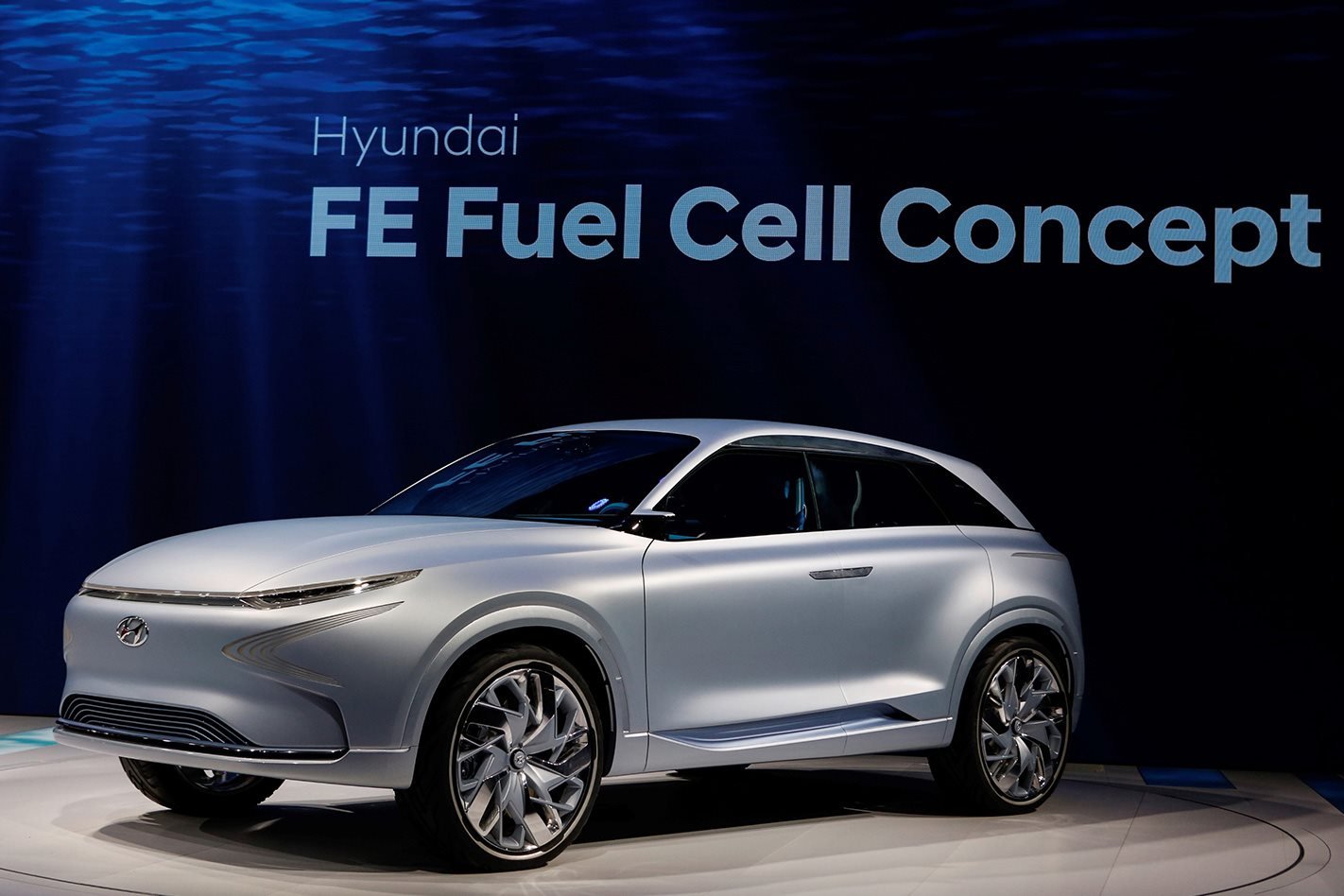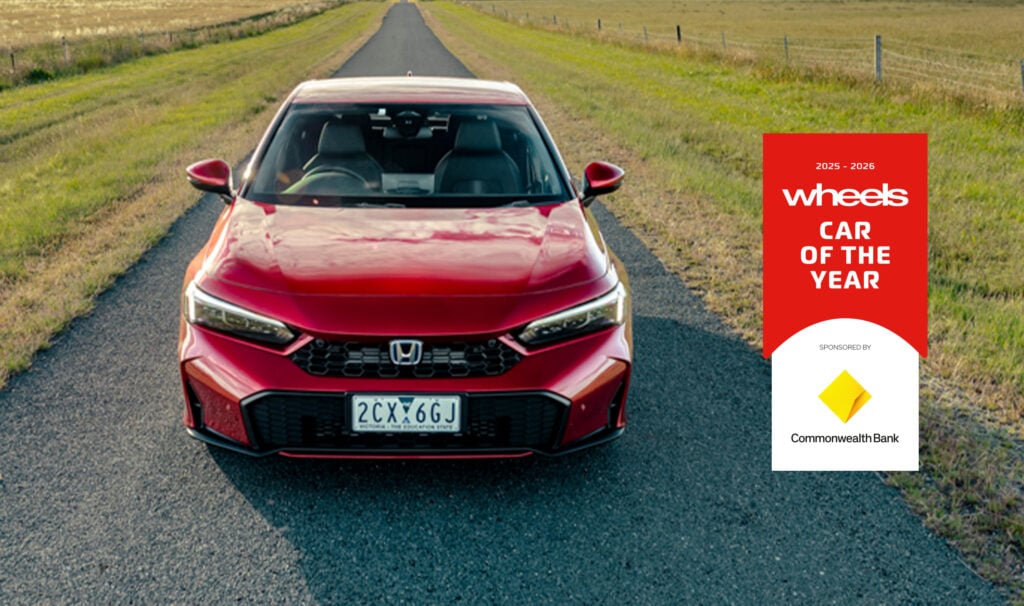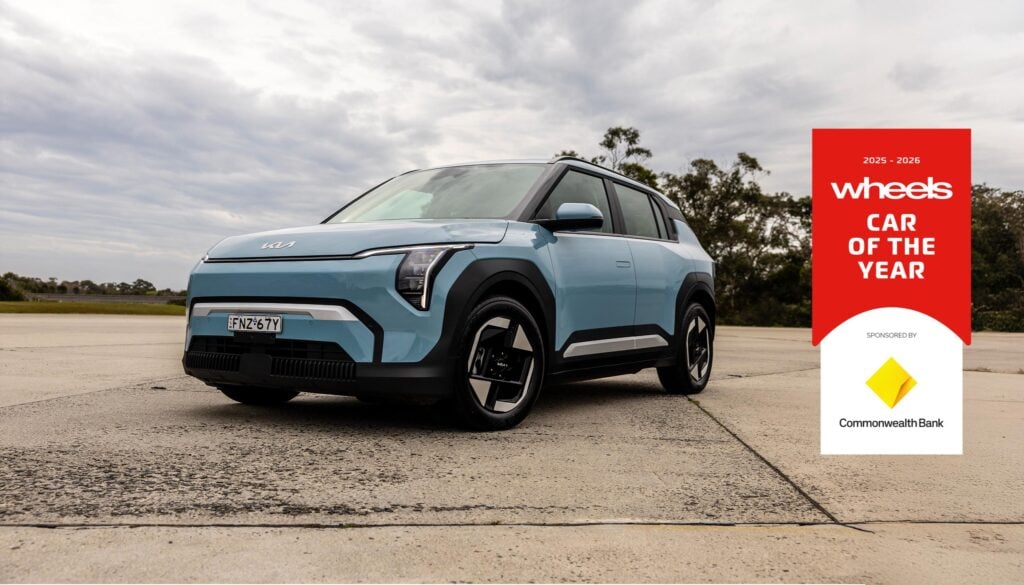THE Hyundai FE Fuel Cell Concept has revealed the Korean carmaker’s potential replacement for the hydrogen-powered ix35 SUV that has pioneered the consumer-facing side of the technology.
Unveiled at the Geneva Motor Show, and capable of travelling up to 800km between refills, the FE (Future Eco) Fuel Cell Concept showcases the fourth generation of Hyundai’s hydrogen fuel cell technology.
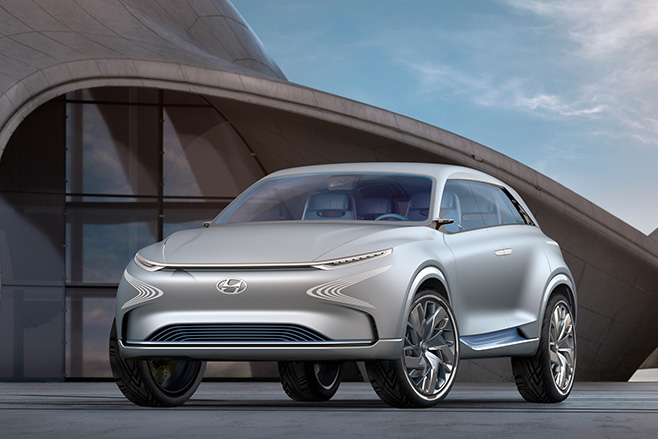
The concept car includes an internal air humidifier that recycles water emitted by the car’s fuel cell – it combines hydrogen and oxygen to make electricity used to power the electric motor, and water – creating a more comfortable cabin environment. It also comes with portable battery packs – charged by the car’s energy output – to power passenger devices and an electric scooter stored in the boot.
The FE Fuel Cell Concept is part of the company’s eco-vehicle program that will roll out 14 or more environmentally focused models by 2020.
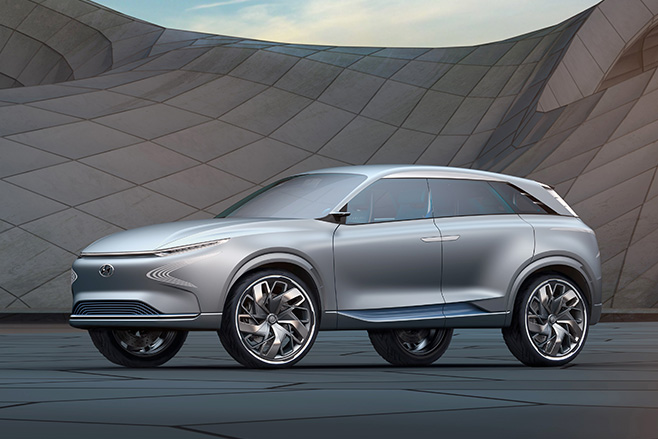
While the driving range of fuel cell vehicles is making them more practical, Hyundai acknowledges there is a lack of hydrogen fuel infrastructure globally, but particularly in Australia.
The company is working with Toyota to jump-start the rollout of facilities here and push for government incentives for environmentally friendly vehicles.
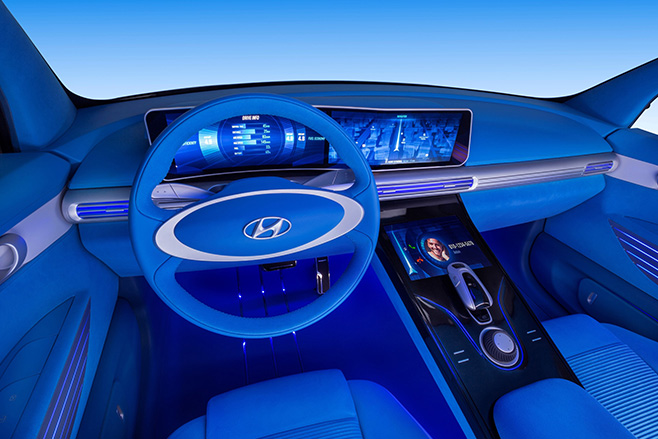
“From a car manufacturer point of view we see hydrogen fuel cell as the ultimate goal – the range, the practicality, the refuelling time – we’re all used to going to a petrol station, filling up in three minutes then driving away and doing 600km. Fuel cell gives you the best comparison to petrol.”


